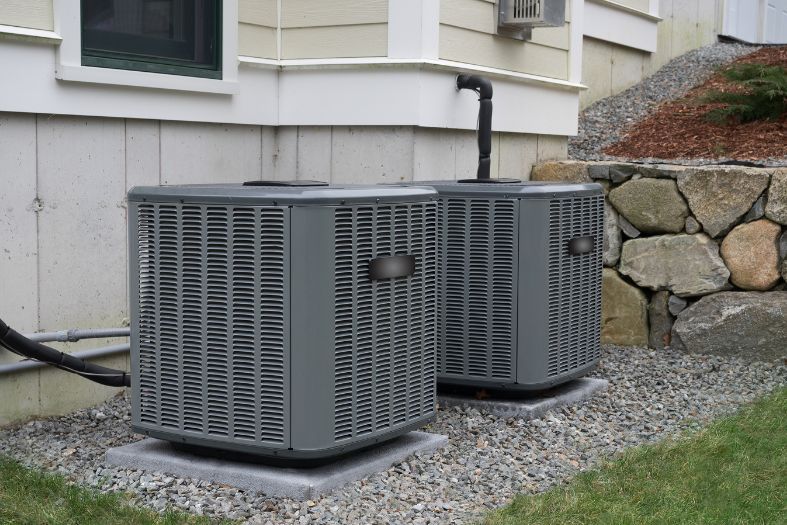
A Guide to Stopping Ductwork Condensation and Why It’s Important
During the hotter summer months, it is quite common for condensation to begin forming on and/or in your air ducts whenever your AC is running. While this may not sound like a big deal, it is definitely something that you want to prevent. Otherwise, it could lead to poor indoor air quality. With that in mind, let’s take a look at why condensation forms on air ducts and what you can do to prevent this problem.
What Causes Condensation to Form on Air Ducts?
Condensation forming on air ducts is mostly a problem during the summer when your air conditioning is constantly running. The main reason that condensation forms is due to the temperature difference between the air flowing through the ducts and the air that surrounds them. This temperature difference causes much of the moisture in the air to condense on and inside the ducts in the same way that condensation forms on a cold glass of water during hot weather.
The more moisture there is in the air, the more condensation will form. This is why ductwork condensation is an especially common and sometimes serious problem in Georgia and other southern states due to the hot, humid weather.
All central HVAC systems have two separate duct systems. The return duct system is what draws warm air in from the home so that it can be cooled by your AC. Once the air is cooled, it then travels through the supply ducts and out of your vents. Since the supply ducts carry cold air, condensation most commonly forms on the outside of them as the air surrounding them is warmer than the ducts. A much bigger issue is with the return ducts, as condensation will often form inside of them since they carry warm air.
The Importance of Preventing Ductwork Condensation
Any time condensation forms anywhere in the home, it creates the potential for mold and mildew to start growing. The biggest issue is that condensation could allow toxic black mold to grow, and this can potentially lead to serious health issues. While most mold isn’t toxic, it still isn’t something you want inside the home.
Any mold in the home will constantly reproduce and give off spores, and these spores will then be circulated throughout the entire building every time your air conditioning runs. Mold spores are one of the most common allergens, and constantly breathing in mold will also worsen any respiratory issues and breathing problems. This is why it is important that you take steps to prevent condensation from forming on your ductwork and anywhere else in the home.
Why Controlling Indoor Humidity Is Essential
The most important thing you can do to prevent condensation from forming on your ductwork and elsewhere in the home is to ensure that the indoor humidity level never rises too high. Ideally, your home’s humidity level should always remain constant at around 45 to 50%. Anything over 60% relative humidity greatly increases the chances of condensation forming and potentially leading to both water damage and mold growth.
If you’re unsure what your home’s humidity level is, we recommend purchasing a portable hygrometer so that you can measure the moisture concentration in the air. Alternatively, you could upgrade to a Wi-Fi smart thermostat, as most of these units will also measure indoor humidity in addition to temperature.
Running your air conditioner will always help to keep your home less humid. When your AC is on, the blower constantly draws warm air in and forces it over the AC evaporator coil. Cold refrigerant constantly flows through the coil, and this works to absorb much of the heat from the air as it passes over the coil. Since the refrigerant makes the evaporator coil much colder than the surrounding air, much of the moisture in the air condenses into water on the coil.
The only problem is that in humid climates, your air conditioner alone often isn’t sufficient to keep the humidity level from rising too high. This means that you may need to take additional steps if your home frequently has issues with high humidity.
Running your AC when the indoor humidity level is high puts a lot of extra strain on the system and will always force it to run more frequently and for longer periods of time. This is because the more moisture air contains, the harder it is to remove heat from the air. Controlling your indoor humidity level will not only improve your comfort and help to prevent condensation, but it will also reduce the time that your AC needs to run and thus help to lower your cooling costs.
The best and easiest way to manage and prevent high indoor humidity is to install a whole-home dehumidifier. These units are mounted inside your duct system, and they work to remove most of the moisture from the air as it travels through the ducts. A whole-home dehumidifier will typically run whenever your AC is running. However, you can also program the unit so that it only runs whenever the humidity level is above a certain percentage.
We also recommend keeping your windows and doors closed throughout the hotter, more humid parts of the year. If you leave your windows open, all of the humidity from outside will get in. Once inside, the moisture will soak into your floors, walls, and furnishings, which makes it even more difficult to keep the humidity level in check. Making sure that your home’s envelope or exterior structure is well sealed and doesn’t have any cracks or gaps where air can seep in from outside can also go a long way toward making it easier to control your indoor humidity level.
How Insulating Your Ducts Can Prevent Condensation
The other important factor in preventing condensation from forming on your air ducts is to make sure that your ductwork is properly insulated. The ducts located in the main part of a home typically aren’t as big of an issue since the temperature in these areas usually remains much more consistent. However, any ductwork that runs through an unconditioned part of the home, like an attic or crawlspace, should definitely be insulated, as these areas can get extremely hot and humid during the summer.
Insulating your ductwork will help to prevent condensation as it makes it so that the hot air doesn’t come into contact with the ducts, and it can also help to make your AC more effective and thus lower your energy costs. If your ducts aren’t insulated, the hot air that surrounds them will quickly cause the metal to warm up. In turn, this leads to the cold air from your AC beginning to warm up as it travels through the ducts and thus lessening the effectiveness of your cooling system.
If you’re having issues with duct condensation or need any other HVAC service in the Gainesville area, [company_name] is here to help. We install, maintain, and repair air conditioners, heat pumps, furnaces, ductless mini-splits, and ductwork, and we work on both residential and commercial HVAC systems. We also install and service whole-home dehumidifiers, air purifiers, and a range of other indoor air quality equipment. If you have any questions about preventing ductwork condensation or need to schedule a service appointment, give us a call today.
Table of Contents
More Articles
Categories


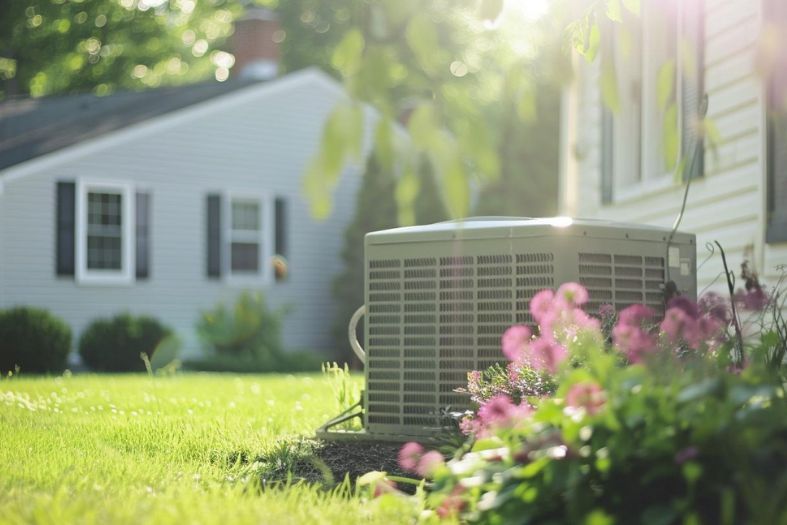
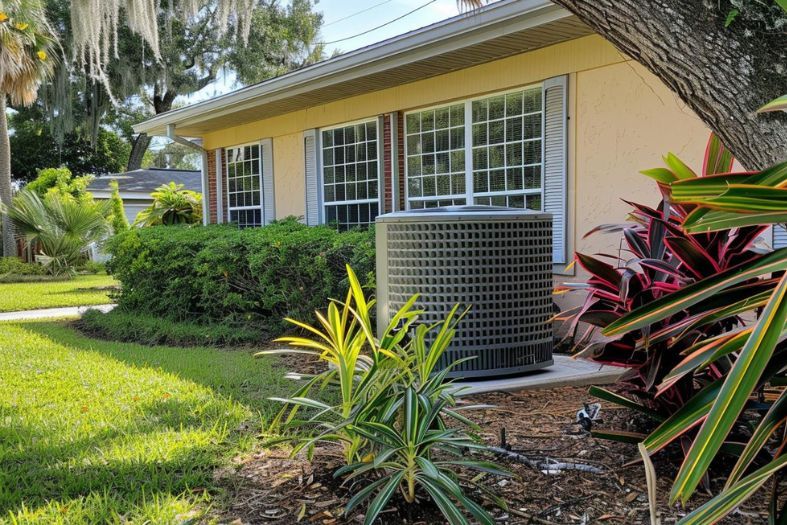

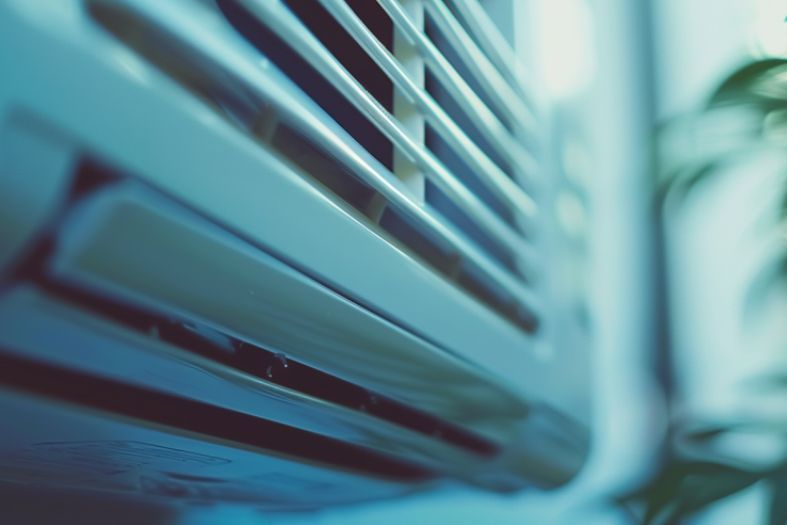

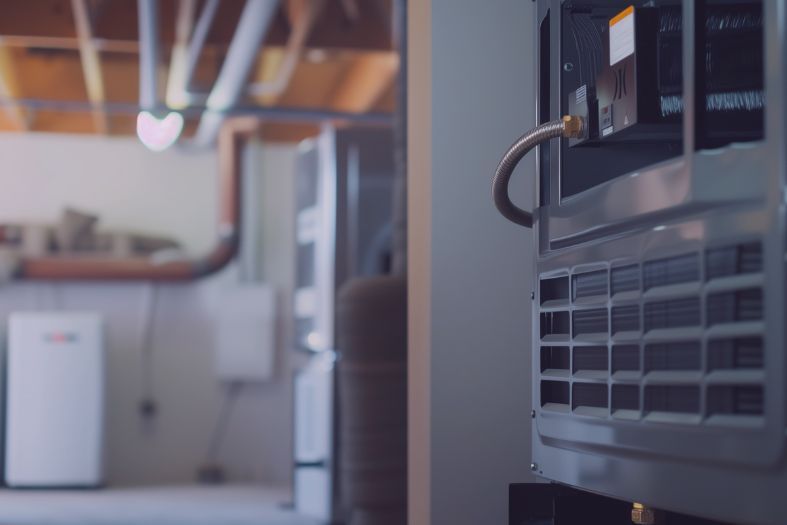
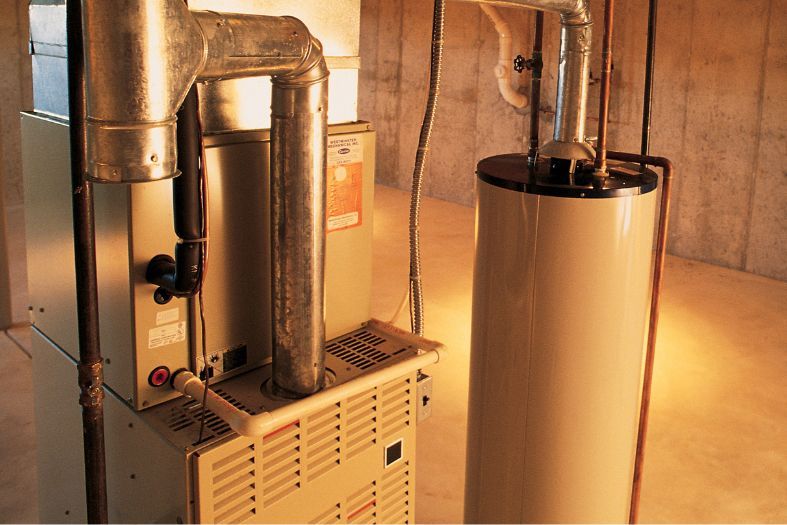

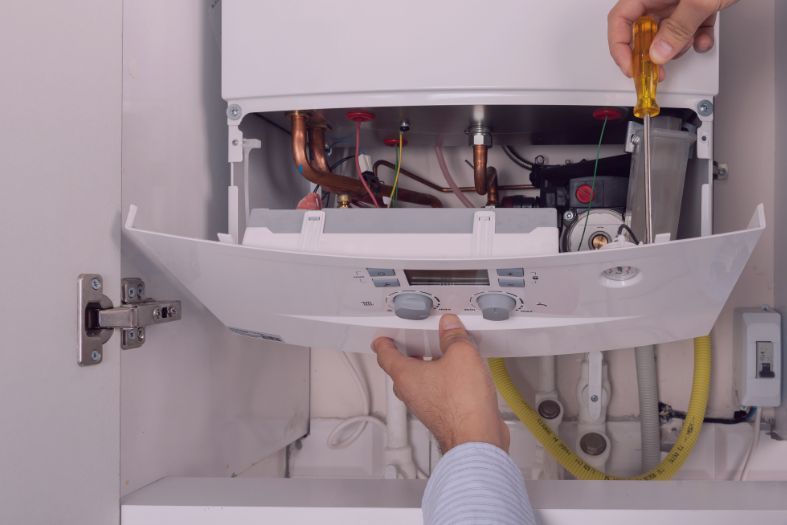
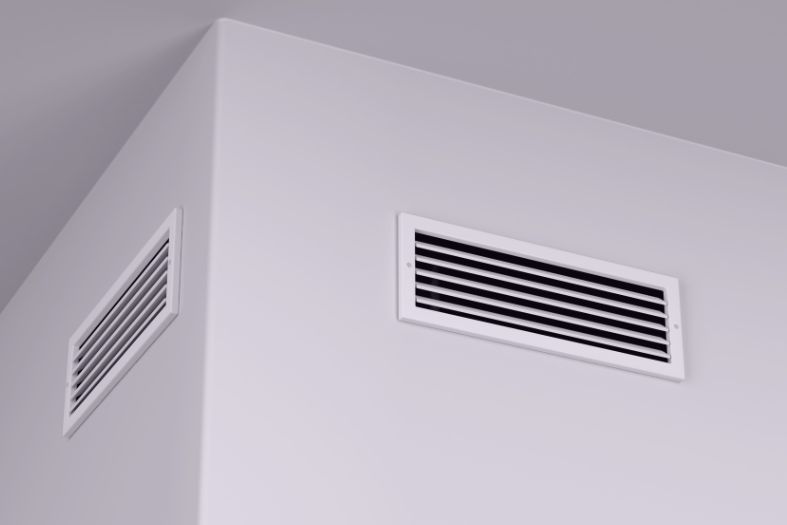
Leave a Reply